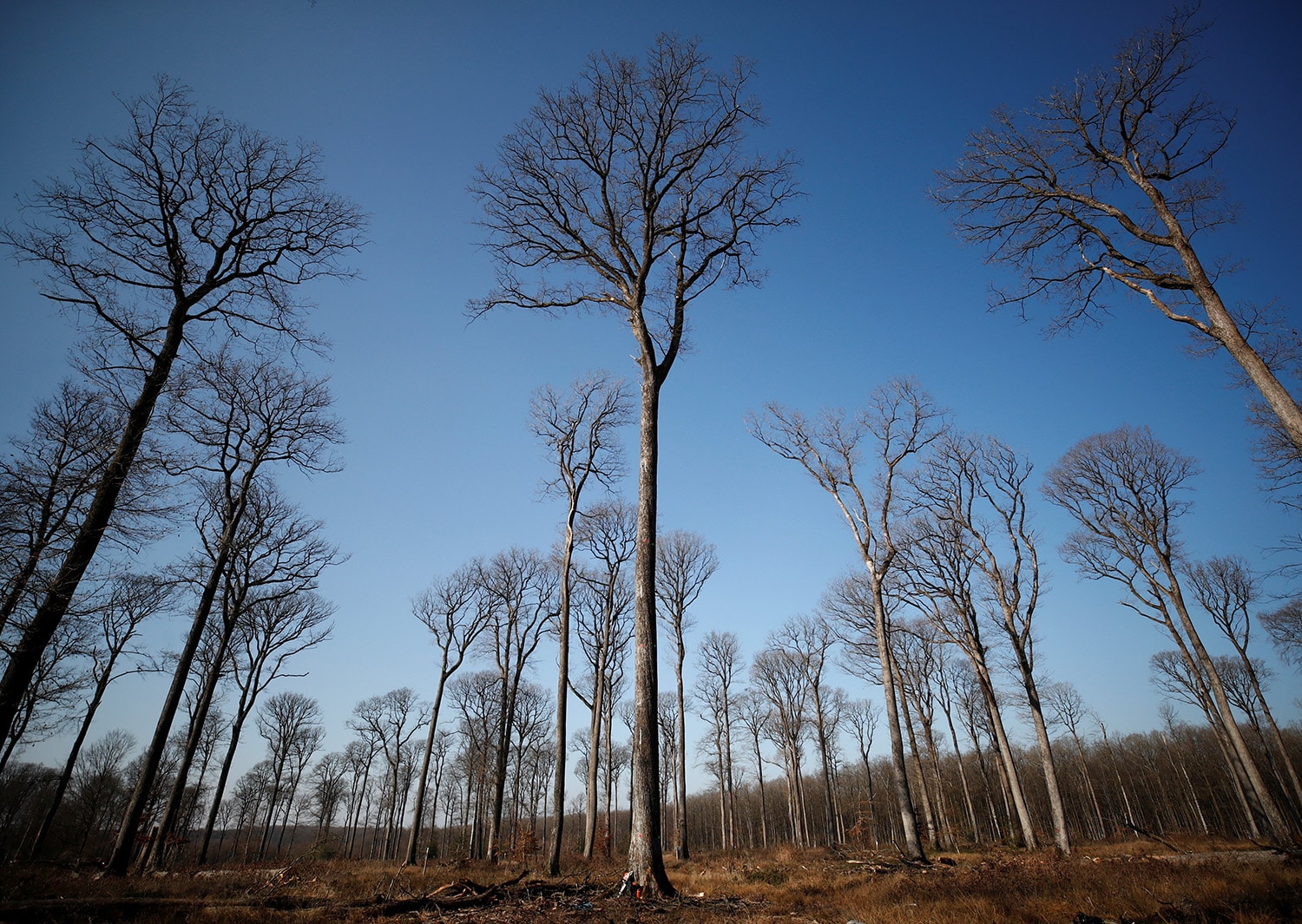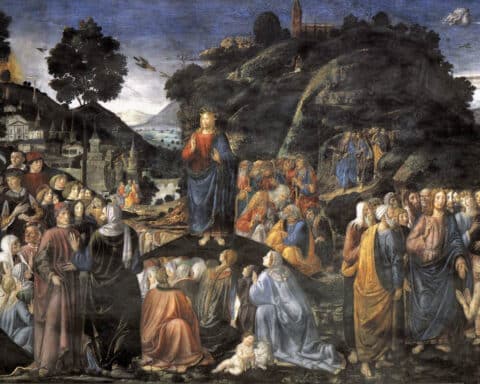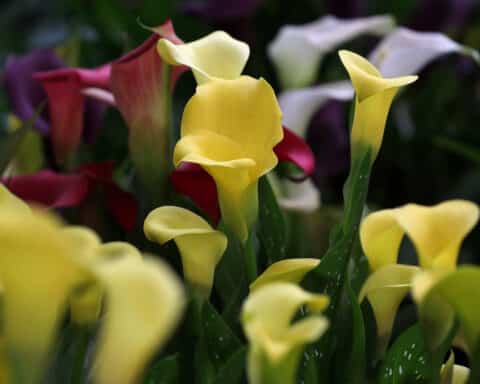We are in Lent and rapidly approaching Easter Sunday. Appropriately, this installment on creating a Rosary garden for your home or parish focuses on the Sorrowful Mysteries.
These powerful mysteries provide the opportunity to meditate on events leading up to Christ’s death, and his willingness to be humiliated and suffer the pains of his humanity.
In this column, part three, I present a group of plants associated with the Sorrowful Mysteries, and as done in previous months, include a list of companion plants for each meditation. Next month, this series will offer the Glorious Mysteries, and conclude in May on how to build your Rosary garden, one step at a time.
As previously written, there are dozens of plants familiar to us in their Christian symbolisms, and so the suggestions must be narrowed to only one plant per meditation. You may know of other plants that will fit just as well within the theme, and more suitable for your USDA Hardiness Zone.
Rather than creating a larger four-part Rosary garden you may decide that a plant or two from each mystery is sufficient for your smaller Marian garden. Refer to previous columns for ideas, as well as next month’s installment. A book that will help you along the way with your plant selections is “A Garden Catechism: 100 Plants in the Christian Tradition and How to Grow Them.” There are several books on the market about Marian gardens that will also guide you.
So let us begin the third set of mysteries, the Sorrowful Mysteries.
The Agony in the Garden
Repentance: Jesus offers himself in all humility to God’s will for our need to repent, which requires of us humility for the sorrow of sin. The Crown Imperial, “Fritillaria imperialis,” symbolizes humility and sorrow.
There is a legend about the Garden of Gethsemane and the crown imperial plant. As Jesus walked into the garden for the last time, all the flowers bowed their heads, except for the flowering crown imperial that held its stiff white blooms high. Our Lord gently placed his hands on the flower and said, “Lily, be not so proud.” At that, the plant hung its head of flowers and blushed red with shame. Its tears lingered on its petals. If you look inside the drooping flower cups, you can still see the pearl-like tears attached to the top.
The Scourging at the Pillar
Mortification/Self Emptying: It is in this event that the purity of Jesus’ submission is to offer us a way to heal us from our sins. The yarrow represents healing — healing from the wounds of sin.
The yarrow’s medicinal properties have been known for centuries. In ancient Britain, and surrounding areas where yarrow grew, the plant was part of military deployments; it was used to stop bleeding and heal wounds. This military sense of doing battle with an adversary was a main feature in the yarrow’s association to Christ, as was its ability to heal wounds — symbolically, the wounds of sin. The red yarrow’s colloquial name — “Our Lord’s Back” — is a reminder of the scourging he endured.
The Crowning of Thorns
Moral Courage and Endurance: In a Rosary garden the thistle signifies spiritual courage.
The use of thistle in art and legend has more to do with epithet; thistles are characterized by their prickly leaves, flowers and (for most) stems. Several genera, mostly from the “Asteraceae” family, are included in the symbolism of thistle in art. “Carduus” and the “Gundelia tournefortii” are the thistles found on the Shroud of Turin. When we think of the cardinal virtue of fortitude — the mental and emotional strength in facing difficulty — it enables one to conquer fear.
Carrying of the Cross
Patience: because of the oak tree’s longevity, it was proof of the everlasting goodness of God — his patience toward his people. In Hebrew texts, trees are identified by adjectives, and oak was indicated as an enduring, strong or mighty tree.
Through these concepts, the symbolisms of triumph, patience, stability and strength were assigned to the oak. The wood of this tree is often used for constructing church crosses, not only for its durability but also for its symbolism of triumph. Place this tree as a central feature in a Rosary or Stations of the Cross garden.
Crucifixion and Death
Final Perseverance: The chamomile symbolizes courage, patience and persistence in adversity.
As mentioned above, fortitude (persistence) is a cardinal virtue. The chamomile was often used to teach this, and an English Renaissance poet writes that “The Camomile shall teach thee patience, / which riseth best when trodden most upon.”
“Chamaemelum nobile,” the Roman chamomile, is the smaller perennial chamomile indicative of persistence in adversity; it can withstand a great deal of foot traffic and often develops more roots where it has been broken. So, too, do we when we are broken, setting our roots more securely in faith.
In a garden dedicated to the Sorrowful Mysteries, use flowers of deep reds to purple, with a touch of white indicative of the Holy Spirit’s presence through trials.
In April we look to the Glorious Mysteries, toward hope and resurrection!





